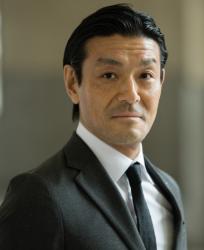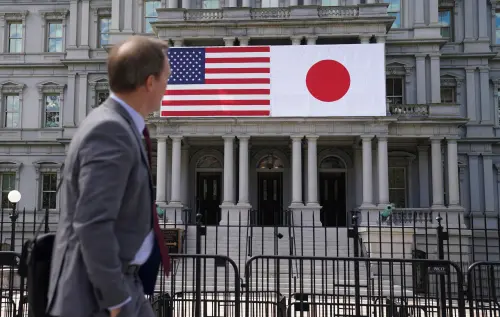When President George W. Bush took office in January 2001, many outside observers speculated that a group of ‘China threat’ advocates were going to take charge of U.S. policy toward China.1 The new administration’s position, or at least its campaign rhetoric, seemed to warrant this prediction. Candidate Bush and his campaign had portrayed China as a ‘strategic competitor’ rather than as a ‘strategic partner,’ differentiating itself from the previous administration. Observers reduced the American China-policy community into a simple dichotomy of ‘dragon slayers’ and ‘panda huggers.’ Throughout President Bush’s first term and into his second, onlookers tended to discount the diverse spectrum of positions on China within the government. Furthermore, many observers especially may not have appreciated the wide range of actors who had input into Washington’s China policy, and the interaction between them. Hence, then-deputy secretary of state Robert Zoellick’s September 2005 description of China as a ‘responsible stakeholder’ caused surprise and some confusion. This formulation had the endorsement of Dr. Zoellick’s higher-ups, but had not been publicly debated or discussed.
The distillation of the government’s China-policy community into a simplified and unconsidered dichotomy was partly a reflection of the increased partisanship that has overshadowed Washington since the mid 1990s.2 Such partisanship did not stem directly from a debate on China policy per se, or even from a foreign policy debate for that matter. Rather, it was the result of a relentless debate on domestic issues such as the role of the federal government, whether to raise or cut taxes, and other hot-button issues relating to culture, values, and religion.3 The debate on what would constitute a new threat in the post-Cold War era and how the U.S. should deal with it loomed large. However, it was never a defining issue.
In 2000, President George W. Bush was elected partly as a result of mild expectations that he would transcend the partisan political culture of the 1990s with his carefully articulated notion of ‘compassionate conservatism.’ However, this did not turn out to be the case. The two terms of the Bush presidency will probably be remembered as a period in which a vicious political divide continued from the previous decade and largely determined the political culture. There was a brief moment right after the September 11 terrorist attacks when partisanship seemed to subside. But it did not last long.
Senator Arthur H. Vandenberg’s assertion at the dawn of the Cold War that “politics must stop at the water’s edge” continues to be cited today,4 but the sentiment is rarely put into practice. Foreign policy issues are not immune to the divisive effects of domestic partisanship. Within the realm of foreign and national security policy, issues related to China in particular are susceptible to partisan skirmishing. This is because the ‘China problem’ is loaded with issues directly related to values, such as human rights, religious freedom, abortion, business interests, and national security interests.5 These issues are difficult to deal with in terms of pure and simply defined ‘national interest,’ as it is difficult to isolate one from another. Quite often, issues are deliberately linked, creating an odd political dynamic and making the China debate confusing and incomprehensible to outside observers.
The objective of this paper is to examine the extent to which domestic factors play a role in U.S. China policy. Whereas policy debates among and within the executive departments are comprehensible, outside observers tend to overreact to initiatives taken by the U.S. Congress, or in some cases by a single politician, without fully understanding the dynamics behind a certain move. To understand the logic of Congress, one must distinguish between grandstanding and substantive legislative action. The role of policy intellectuals and the debates among them are quite familiar because of their visibility. On the contrary, interest group politics can be very confusing since their moves are often very subtle. The participation of grassroots organizations makes the situation even more confusing. Further complicating things is the recent active participation by the Chinese government in the lobbying carried out by the firms on K Street. According to one recent report, the PRC’s learning curve in this area has been a good deal steeper than previously was expected.6
This paper seeks to understand the politics of U.S. policy toward China by examining relevant past events and determining whether those experiences are applicable in attempting to better understand the dynamics at work today.7 In appendices, the paper will briefly compare U.S. domestic reaction to the perceived rise of Japan in the late 1980s and early 1990s with that of the ongoing American reaction to the rise of China. It will touch briefly on the domestic political factors of Japan’s China policy, where the dynamic is quite different from that of the U.S.


